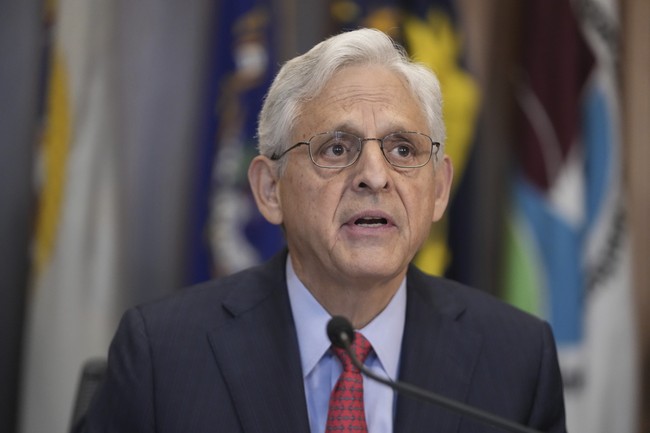Tight Presidential Race: Harris Vs. Trump Analysis
Recent polls show a closely contested battle between Vice President Kamala Harris and former President Donald Trump. Explore the latest poll results and their potential impacts.
Published August 31, 2024 - 00:08am

Image recovered from washingtonexaminer.com
Recent developments in the US presidential race indicate a highly competitive contest between Vice President Kamala Harris and former President Donald Trump. According to several polls, the race is exceptionally tight, with each candidate leading by narrow margins in various surveys.
Robert F. Kennedy Jr.'s endorsement of Trump marked a significant event in the political landscape. However, the endorsement seems to have had minimal impact on Trump's overall standing. A Quinnipiac University poll reveals that 64% of voters' perceptions of Trump remain unchanged, while 19% view him more favorably, and 15% less favorably. Quinnipiac University Polling Analyst Tim Malloy noted that independents, crucial to the election outcome, are not significantly swayed by Kennedy's endorsement. Despite Kennedy's decision to endorse Trump, his influence may not have a profound national effect but could play a crucial role in swing states, where even a 1% swing could change the race outcome.
Meanwhile, Vice President Kamala Harris is gaining momentum. A Reuters/Ipsos poll indicates Harris leading Trump by 4 points nationally, showing strong support among women and Hispanic voters. Harris' lead among women and Hispanic voters has increased to 13 points, compared to earlier polls in July. Trump's support remains strong among white voters and men, but his lead among non-college-educated voters has narrowed. This shift comes after President Joe Biden ended his re-election campaign, leading to a surge in support for Harris among Democrats.
Harris' campaign strategy focuses on highlighting her vision for the future and capitalizing on the enthusiasm within her party. The Reuters/Ipsos poll found that 73% of Democratic voters are more excited about the election following Harris' entry into the race. Moreover, the poll indicates that a significant portion of Harris' supporters are voting for her rather than against Trump, a shift from the sentiment towards Biden's candidacy.
The Wall Street Journal's recent poll also aligns with these findings, showing Harris leading Trump by 1 point. Notably, this poll also reveals that Harris enjoys a higher overall favorability rating compared to Trump, despite facing disapproval regarding her job performance as Vice President. The Journal attributes this discrepancy to voters differentiating between her role as a candidate and her work in the Biden administration.
Fox News released polls from four key Sunbelt states, revealing a neck-and-neck contest between the two candidates. The tight margins in these states underscore the competitiveness of the race, where both candidates have a significant chance of winning. Despite these close contests, the narrative surrounding Trump's campaign suggests a need for focus and strategic adjustments to avoid alienating potential voters.
While Harris has made substantial gains, particularly with favorable media coverage, there are concerns about her sustained momentum as scrutiny increases. Trump's campaign strategists emphasize the importance of presenting a coherent approach to governance and broadening his appeal to undecided voters.
Kennedy's endorsement and subsequent campaign suspension add another layer to the election dynamics. His supporters, previously leaning towards Biden, are now a crucial demographic that both Harris and Trump aim to win over. The impact of this demographic could be pivotal in determining the election outcome in swing states.
Overall, the 2024 US presidential race remains highly dynamic, with both candidates experiencing shifts in support and challenges. Polling data reflects a competitive landscape with fluctuating voter preferences, highlighting the importance of campaign strategies and voter engagement in the coming months.







